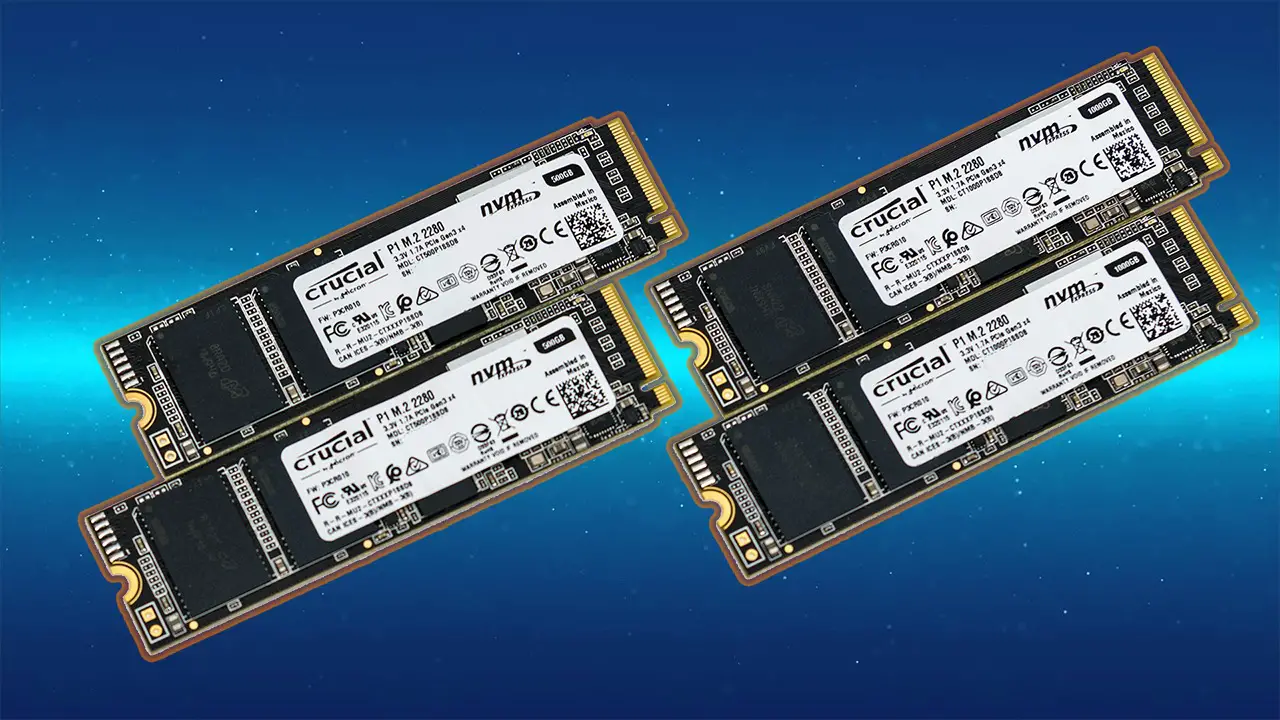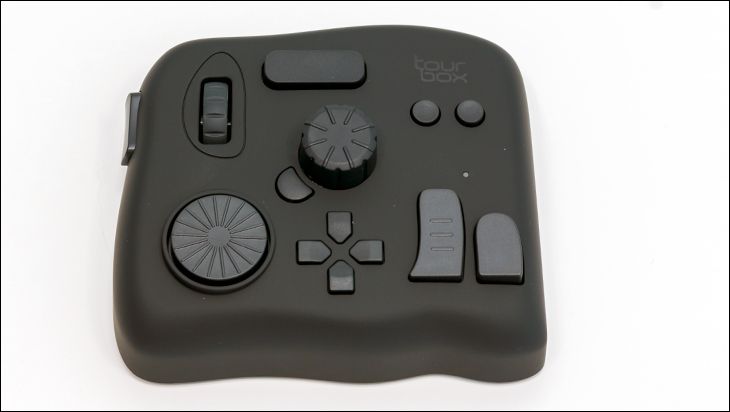Before we begin we do need to make one thing crystal clear. RAID’ing drives is not difficult but it is not for everyone. For secondary storage needs it is as easy as a few clicks in Windows device manager, however to boot from a RAID array does require a bit more work such as configuring the motherboard’s BIOS, installing drivers during OS installation and generally is not for novice users. This is not to say it is difficult, but is not plug and play simple. Nor is it without its share of increased risks – as there is twice the chances of data loss. Understand your limitations, and comfort level, and take anyone’s recommendation on RAID with a grain of salt.
With that taken care of, due to its rather temperamental nature when it comes to heat the Crucial P1 series will not be right for everyone, however the more we work with this series the more we have come to first respect and then really, really like it. Yes it is not perfect, but its performance vs cost is hard to beat. This is especially true for systems that can properly handle, read cool, two M.2 cards. In simple RAID configuration the P1 series is very fast. So fast few will care about spending more to get even better performance.
The secret to the P1’s success is how Crucial has handled the QLC NAND issues via the use of an aggressively sized pSLC buffer that does double duty for short-term read and write requests. Pseudo-SLC buffers are nothing new, but when you combine a very good controller with a massive pSLC read and write buffer… the underlying NAND type really does not matter all that much. Few will saturate one P1’s pSLC buffer and almost no one will saturate a ‘double sized’ pSLC buffer this peppy little series comes with. Basically in return for a massive reduction in asking price Crucial has created a series that simply sets a new standard of value in the NVMe marketplace.
The only really hard choice people will have to make is on which capacity version to get. In single drive configurations the P1 500GB is a touch less than optimal compared to its P1 1TB capacity model. The noticeably smaller pSLC buffer, the noticeably smaller RAM buffer, and the generally less than optimal write performance does make the hundred and ten dollars saving a touch difficult to justify. If your budget can stretch to the P1 1TB levels and you only want/need/desire/etc. one M.2 drive the choice is clear. Get the 1TB model. Make no mistake, the 500GB P1 is a good drive, it is just the P1 1TB has set the bar so high in the value department it is hard for the smaller version to compete with it.
By the same token if you can afford 220 USD and do not mind running RAID 0, and can properly cool two M.2 drives the choice is equally clear. Get a pair of 500GB P1s. Even with slower individual speeds… doubling the controller darn near doubles the performance. You will get better overall performance, you will even get better throttled (be it from temperature or a full pSLC buffer) performance. You will even get the same amount of capacity for your hard-earned dollars. There really is not much to like here.
Honestly the only thing to not like is how persuasive the siren song of dual 1TB P1’s will be… as they are basically the 500GB P1 RAID 0 writ large. With even better performance, even more capacity and generally Intel Optane 905P butt-kicking power. Yes your wallet will hate you… but sometimes it is worth being in the dog house. So be warned. The P1 series can indeed be very persuasive when it comes to ‘up selling’ you. Just understand its limitations and their abilities and you really can not go wrong with any decision you make.


The Review
Crucial P1 RAID
The Crucial P1 series all but cries out for RAID. In RAID they go from offering very good value to insanely good. The only difficult decision is whether or not to double your budget and get two P1 1TB’ers or keep to your budget and get two 500GB P1s. That is a tough call. Just remember that this series is heat sensitive and before you go the RAID route you need good cooling for both M.2 drives. If you can only provide good cooling for one M.2 port, the choice is obvious. Get a single P1 1TB capacity drive. If your budget can not stretch that far the 500GB P1 still offers good performance at a great price… just not as good as the 1TB when only used in single drive configuration.











